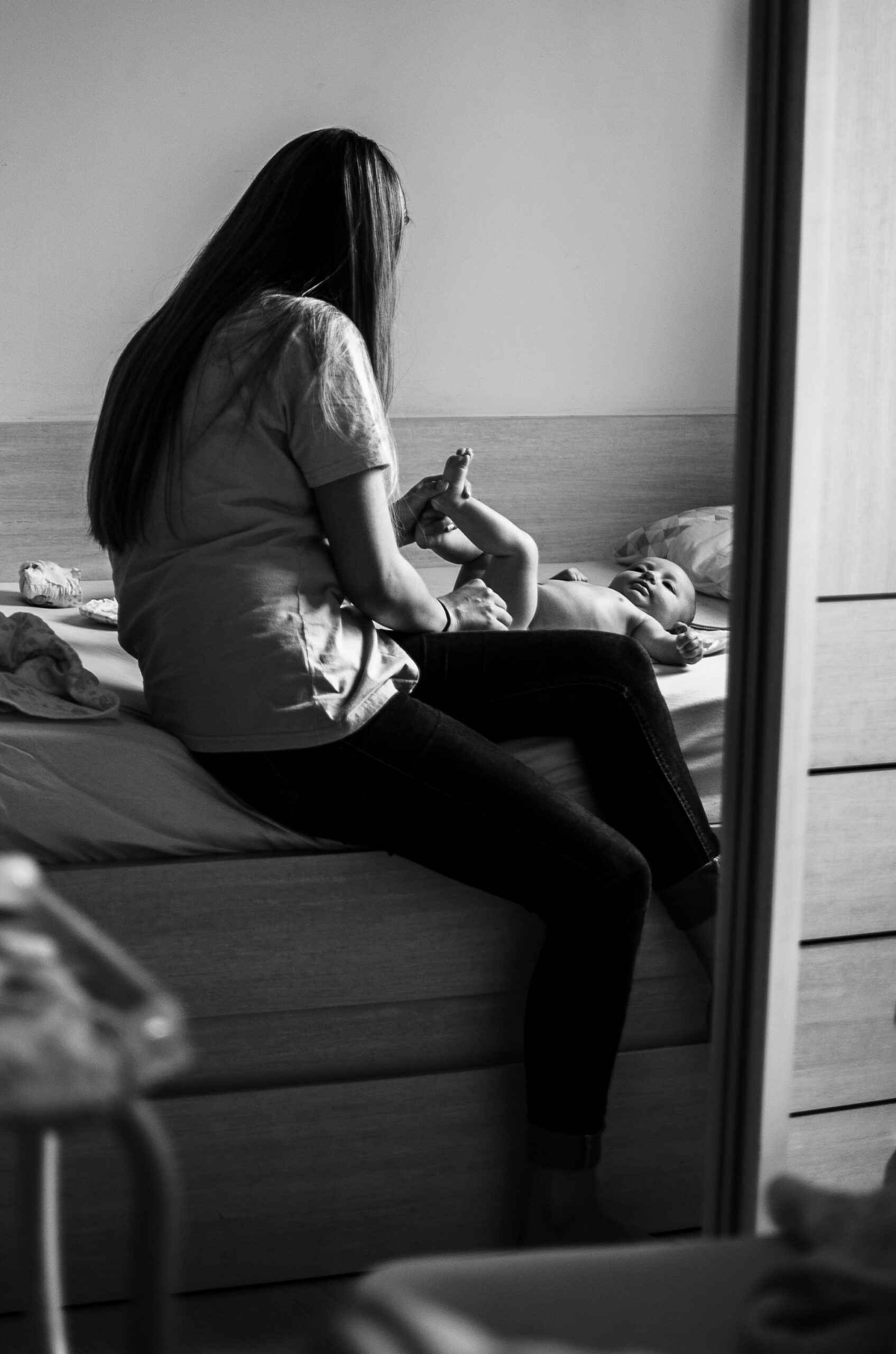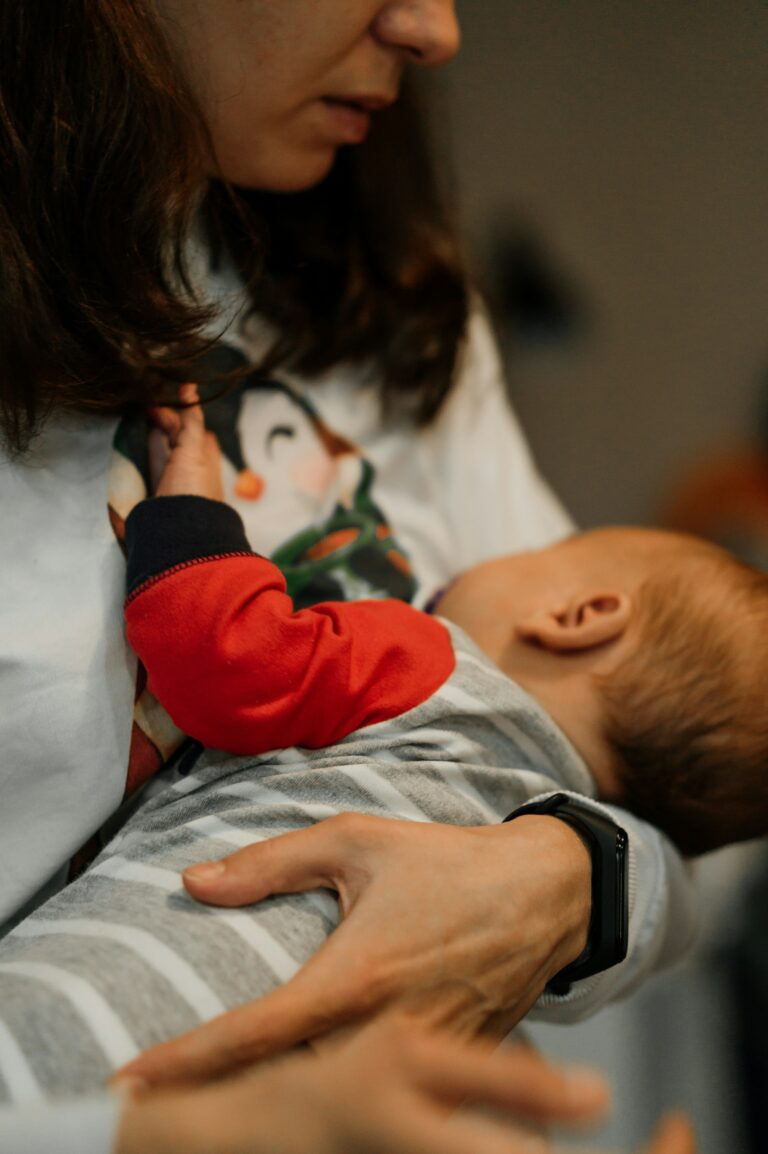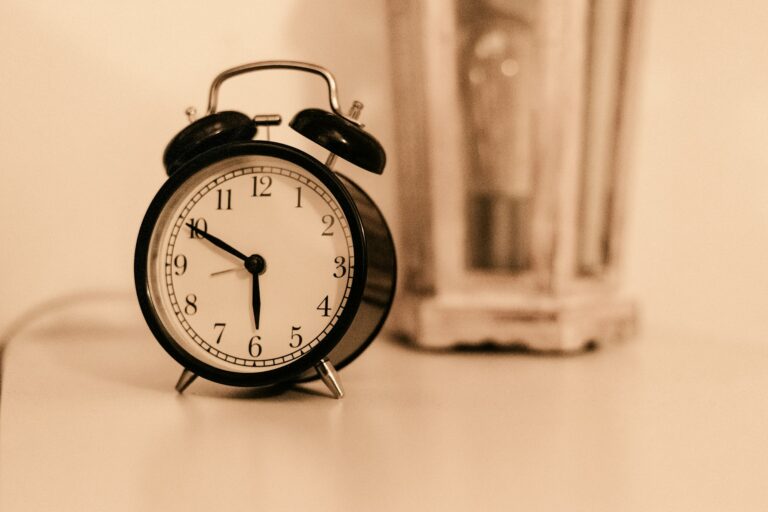Welcoming a newborn into your world—filled with joy, yet scattered with unexpected challenges—often places parents on an emotional rollercoaster, all thanks to the fleet-footed dance of postpartum hormones. On one hand, you might celebrate those tender first cuddles; on the other, perhaps you’re grappling with wild mood swings, strange physical sensations, or simply feeling unlike yourself. For many, confusion arises: Are these changes typical? How long will the whirlwind last? Can science really decode why tears fall so easily, or why sleep feels elusive despite exhaustion? To help, let’s pull apart the intricate workings of postpartum hormones, offering a medically detailed yet approachable look at what truly unfolds inside the postpartum body and mind—alongside realistic, non-judgemental advice to guide this remarkable recovery.
Overview: The Cascade of Hormonal Shifts After Delivery
The curtain falls on pregnancy, and with it, the powerful influence of hormones like estrogen and progesterone recedes with breathtaking suddenness. While these hormones soared high during pregnancy to support the tiny new life inside, the birth event brings a striking collapse to pre-pregnant levels. At the exact moment the placenta is expelled, the entire endocrine orchestra re-tunes itself—fast.
- Estrogen: No longer produced in pregnancy quantities, this hormone dives downward, impacting mood, cognition, and even skin and vaginal health.
- Progesterone: Its rapid drop pulls allopregnanolone (a calming metabolite) down with it, sometimes making parents more sensitive to anxiety.
- Prolactin: Surges upward to stimulate breast milk, also creating a calming, sometimes even sleepy effect (relief in those anxious nights).
- Oxytocin: Often dubbed the “bonding hormone”, peaks to keep the uterus contracting and facilitate that deep, primal sense of attachment to the baby.
- Cortisol: The body’s stress responder may linger at higher levels post-birth, the result of sleeplessness, new routines, and physical recovery.
- Thyroid hormones: These can fluctuate noticeably, with some developing postpartum thyroiditis, leading to mysterious symptoms (mood troubles, weight shifts, fatigue).
- hCG and relaxin: Once responsible for pregnancy adaptation, now vanish swiftly after delivery, nudging the body toward recovery.
Have you noticed that your mood seems unpredictable or that your skin and hair act differently? Or perhaps, despite your baby’s peaceful sleep, your mind races at night? Each experience, strange or familiar, can be traced to these postpartum hormones and their dramatic evolution.
The Baby Blues, “Postpartum Depression,” and Mental Health
Here’s a question new parents often whisper: Does everyone feel this emotional storm? The answer, grounded in clinical evidence, is a resounding yes for most—at least briefly.
- Baby blues: Around half of all new mothers encounter mood swings, irritability, or unexpected tears in the first days post-delivery. Biologically, this stems from the abrupt fall in estrogen and progesterone, compounded by fatigue.
- Postpartum depression (PPD): When emotional shifts linger or amplify, marked by persistent sadness, anxiety, or detachment from your baby, this goes beyond “baby blues”. Medical definitions highlight PPD as lasting beyond two weeks, potentially touching as many as one in four mothers—an astonishing statistic, underscoring the importance of early support.
Prolactin and oxytocin are, meanwhile, working furtively in your favour, especially if you breastfeed. Besides nourishing your baby, they act as natural mood stabilisers, encouraging calm and attachment. Yet, if depressive symptoms persist—loss of pleasure, vigorous fatigue, constant worry—medical care becomes not just beneficial but indispensable.
The Timeline: How Do Postpartum Hormones Ebb and Flow?
First 48 hours: The seismic collapse in estrogen and progesterone creates a biochemical vacuum. Many feel this as afterpains, sweats, or unpredictable crying spells—almost a “chemical reboot”.
One to two weeks in: “Baby blues” commonly taper off, but physical and emotional recovery may still feel out of reach.
Three to six months postpartum: Hormonal levels stabilise for most, except for prolactin which remains high if breastfeeding, delaying the return of regular periods. For some, hair shedding peaks, and skin may reveal dryness or pigmentation changes.
Up to one year: For breastfeeding parents, the journey with prolactin and ovulation suppression may last 12 months or more; for others, cycles might return far earlier.
Got questions about why your hair is falling, or why libido seems absent? Both are well-documented responses to low estrogen and hormonal re-balancing—rest assured, most improve naturally within months.
Physical Symptoms: What Does the Body Really Go Through?
Parents are often startled by the sheer variety of new sensations—some mundane, others distressing. Here are the medically-understood effects of postpartum hormones:
- Hot flashes and night sweats: With estrogen receding, the body’s thermostat resets, often leaving you drenched in the night.
- Hair loss: A few months post-birth, the synchronised follicles from pregnancy rapidly shed, giving the illusion of alarming loss.
- Dry skin and changing pigmentation:** Temporary, and often linked to waning estrogen.
- Weight shifts: Both hormonal and lifestyle-driven, with some noticing rapid changes, others more gradual adaptation.
- Breast engorgement and milk production: Prolactin and oxytocin direct this process, bringing periods of tenderness or even pain.
- Vaginal dryness and low libido: Directly due to sustained low estrogen, especially marked in those breastfeeding.
Physical recovery is not a competition; each journey unfolds at its own pace, shaped by individual biology and the nuanced work of postpartum hormones.
Mental and Emotional Dimensions: Beyond the Baby Blues
The psychological face of postpartum recovery can be as formidable as the physical. Mood swings, irritability, even panic may sweep in and out as the brain re-adapts to a new landscape.
Do you sometimes feel detached from your baby—or the world? Or maybe anxiety creeps in when you least expect? Science attributes this to both the abrupt withdrawal of estrogen/progesterone (influencing the neurotransmitters serotonin and GABA) and the growing or falling tides of oxytocin and prolactin. It’s not weakness, but rather the brain’s adaptation to a rapidly shifting framework—a storm that, for most, will pass with time and support.
If these symptoms linger, deepen, or seem unmanageable, remember: early intervention—whether therapy, medication, or hormonal treatment—can work wonders. Seeking help is an affirmation of care, not defeat.
Breastfeeding, Hormonal Dynamics, and Parent-Child Bonding
Breastfeeding—lauded for its numerous benefits—is also a powerful modulator of postpartum hormones. As your baby suckles, prolactin takes charge of milk supply, while bursts of oxytocin create the famous “let-down” reflex and cement emotional connection. What’s less often discussed is that partners, too, experience subtle hormonal shifts—oxytocin and prolactin rise as they engage, deepening bonds and fostering emotional warmth.
Do all families experience this the same way? Certainly not. Some find breastfeeding emotionally soothing, while others feel overwhelmed. There is no single template for maternal or parental well-being—the interplay of postpartum hormones and bonding is unique to each relationship.
Nutrition and Lifestyle: Optimising Hormonal Recovery
Supporting the work of postpartum hormones isn’t just about patience; practical strategies make a tangible difference:
- Iron-rich foods (think green leafy vegetables, lentils, eggs), and lean protein repair tissues and fuel recovery.
- Healthy fats, particularly omega-3s, help stabilise mood and support neurological functioning.
- Hydration: with increased milk output, water becomes non-negotiable.
- Vitamin D and magnesium: these micronutrients aid immune function, sleep, and even emotional balance.
- Rest and gentle movement: Short naps, brief walks, or postnatal yoga—all help restore equilibrium, moderate high cortisol, and enhance overall endurance.
- Mindfulness and stress management: Techniques like deep breathing, journaling, or even short moments of meditation provide quick resets, enabling you to cope with the unpredictable rhythm of new parenthood.
Why emphasise routine checkups? Because persistent symptoms—hair loss, fatigue, mood changes, weight anomalies—sometimes point to thyroid concerns or extended hormonal imbalances. Early medical attention can clarify and resolve much discomfort.
Medical Interventions: When to Seek Support
Sometimes, nutrition and lifestyle are not enough—the intricate dance of postpartum hormones occasionally stalls or veers off-course. In such cases:
- Counselling or psychotherapy guides cognitive and emotional adaptation, offering practical tools to process change.
- Medications (antidepressants, hormone therapies, thyroid drugs) are sometimes needed, carefully tailored for breastfeeding safety.
- Complementary therapies—acupuncture, massage, gentle aromatherapy—can supplement but not replace conventional care.
Remember: ongoing emotional or physical struggles are not “normal to suffer through”. Medical science provides multiple safe interventions for a smoother transition.
Key Takeaways
- Postpartum hormones drop sharply after birth—especially estrogen and progesterone—prompting both emotional and physical effects; mood swings, fatigue, hot flashes, and “baby blues” are very common.
- Prolactin and oxytocin surge, serving breastfeeding and parent-baby bonding; meanwhile, cortisol may remain high due to stress and sleep disruption.
- Hormonal levels generally normalise over three to six months, though breastfeeding can sustain changes longer.
- Symptoms like persistent anxiety, depression, fatigue, or a sense of detachment call for early professional guidance.
- Physical symptoms include uterine cramps, breast engorgement, hair loss, vaginal dryness, weight fluctuations, and sleep or appetite changes.
- Postpartum thyroid issues may arise—persistent fatigue or weight fluctuation merit medical enquiry.
- Prioritise sleep, balanced nutrition, hydration, and gentle exercise to smooth the hormonal recovery.
- Professional advice, family support, and community resources are readily available—download the application Heloa for expert guidance and free postpartum health screening tools to support your journey.
- Regular postpartum checkups ensure prompt identification and correction of lingering issues.
Questions Parents Ask
How long does it take for postpartum hormones to balance?
Postpartum hormones stabilise gradually, usually over three to four months—sometimes earlier, sometimes later. If your emotional or physical well-being feels off track, reaching out to a healthcare expert brings clarity and reassurance.
What are the signs of hormone imbalance months after delivery?
Lingering mood swings, fatigue, broken sleep, or changes in appetite and emotions can point towards ongoing adjustment with postpartum hormones. Physical symptoms such as continued hair loss or weight change also fit this picture. If daily life feels affected, it is wise to take professional advice for tailored support.
Can postpartum hormones affect sleep even if the baby sleeps well?
Certainly! The fall in estrogen and progesterone during recovery means even when the baby sleeps soundly, parental sleep can falter—trouble falling asleep, waking early, or vivid dreams all relate closely to these hormonal shifts. With time and recovery, healthy sleep patterns generally return, but if sleep troubles persist, support is available to help.









